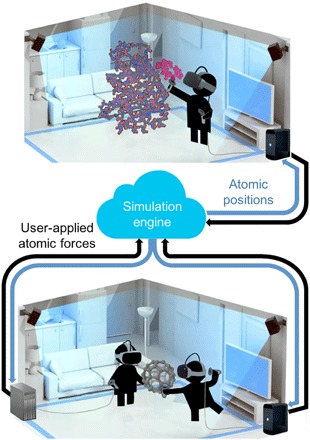Fig. 1. Technical schematic of the HTC Vive VR setup that we designed to carry out the studies outlined here.

Bottom: Two users within the multiperson VR framework passing a simulated C60 molecule back and forth. Each user’s position is determined using a real-time optical tracking system composed of synchronized infrared light sources. Each user’s VR HMD is rendered locally on a computer fitted with a suitable GPU; MD calculations and maintenance of global user position data take place on a separate server, which can be cloud-mounted. As long as the network connecting the client and server enables sufficiently fast data transfer, system latency is imperceptible to the human senses. Top: Single-person setup, where the user is chaperoning a real-time GPU-accelerated MD simulation to generate an association pathway that docks a benzylpenicillin ligand (magenta) into a binding pose on the TEM-1 β-lactamase enzyme.
